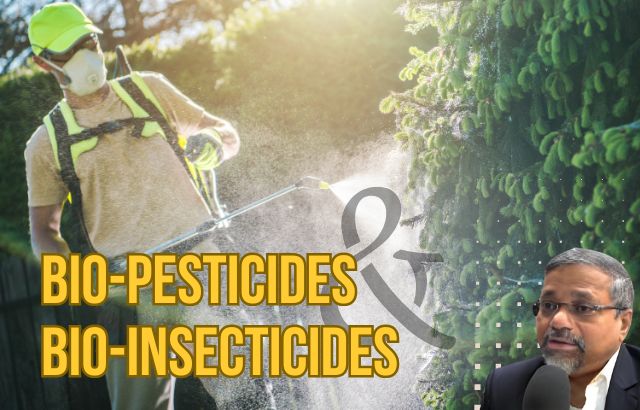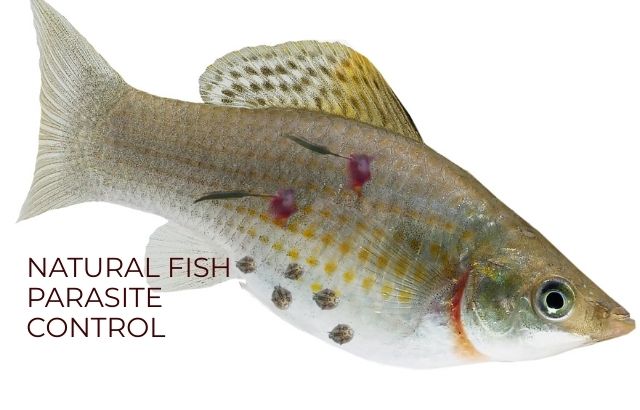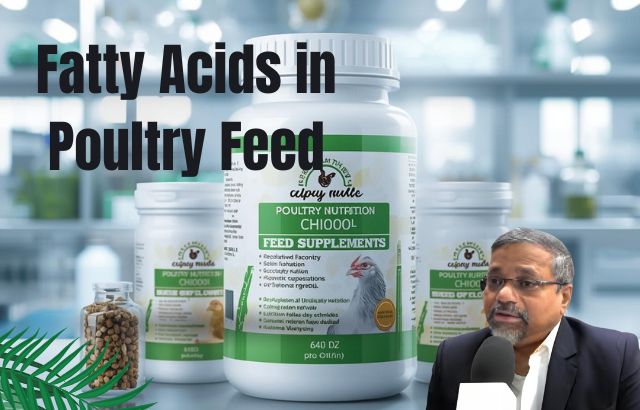Bio-pesticides and bio-insecticides are transforming agriculture by offering eco-friendly alternatives to chemical pesticides. Derived from natural sources like plants, bacteria, and fungi, these products protect crops while minimizing harm to the environment and human health. As the demand for organic produce surges and regulations push for reduced chemical use, the bio-pesticide industry is thriving. This blog delves into the bio-pesticides and bio-insecticides production industry, showcases real-world examples, defines the role of Green Innovators, and presents insights from Agriculture Green Innovator Jaiguru Kadam, including calculations and intriguing statistics. We also answer frequently asked questions to guide entrepreneurs, farmers, and enthusiasts.
The Bio-Pesticides and Bio-Insecticides Landscape
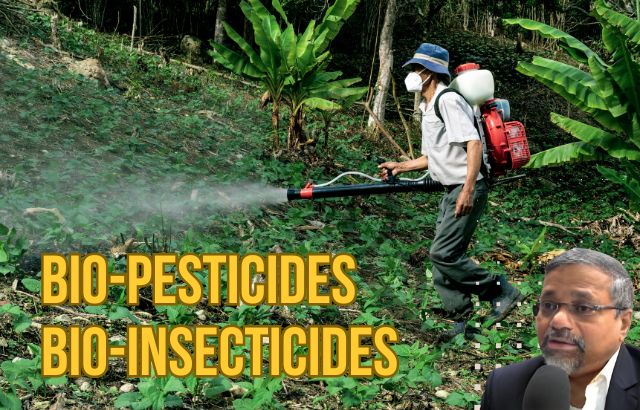
Bio-pesticides and bio-insecticides are naturally derived products that control pests, diseases, and weeds without the toxic residues of synthetic chemicals. They include microbial pesticides (e.g., Bacillus thuringiensis), plant-based extracts (e.g., neem oil), and biochemicals. According to a 2024 report, the global bio-pesticide market is projected to grow at a CAGR of 13.9% from 2024 to 2030, driven by the rise in organic farming and regulatory bans on harmful chemicals.
Business Model Breakdown
- Raw Materials:
- Plant extracts (e.g., neem, pyrethrum).
- Microbial agents (e.g., bacteria like Bacillus thuringiensis, fungi like Trichoderma).
- Natural biochemicals and carrier materials for formulation.
- Manufacturing Process:
- Fermentation: Cultivating microbial agents in bioreactors.
- Extraction: Isolating active compounds from plants using solvents or steam distillation.
- Formulation: Blending active ingredients with carriers to create sprays, powders, or granules.
- Packaging: Using eco-friendly containers like biodegradable bottles or pouches.
- Target Market:
- Organic farmers seeking certified pest control solutions.
- Commercial agricultural enterprises transitioning to sustainable practices.
- Home gardeners and urban farmers prioritizing eco-friendly products.
Benefits of Bio-Pesticides and Bio-Insecticides
- Eco-Friendly: Biodegradable and low in toxicity, reducing soil and water pollution.
- Rising Organic Demand: Global organic food sales reached $135 billion in 2023, boosting bio-pesticide adoption.
- Regulatory Support: Policies like the EU’s Farm to Fork Strategy aim to cut chemical pesticide use by 50% by 2030.
Real-World Examples
- Marrone Bio Innovations, USA: This company produces bio-pesticides like Regalia, a plant extract-based product that enhances crop resistance to fungal diseases, widely used in organic vineyards.
- Koppert Biological Systems, Netherlands: Koppert develops microbial bio-insecticides, such as Mycotal, a fungus-based product targeting whiteflies, used in greenhouse farming across Europe.
- Bioplanet, India: Specializing in neem-based bio-pesticides, Bioplanet supplies organic farmers with affordable solutions, reducing reliance on chemical sprays in rice and vegetable crops.
The Role of a Green Innovator
A Green Innovator in bio-pesticides and bio-insecticides production is a catalyst for sustainable agriculture, leveraging innovation to create effective, environmentally friendly pest control solutions. Their roles include:
- Research and Development: Formulating new bio-pesticides using locally sourced plants or microbes to reduce costs and environmental impact.
- Sustainable Practices: Promoting zero-waste production processes and biodegradable packaging to minimize the industry’s carbon footprint.
- Farmer Education: Conducting workshops to teach farmers about integrated pest management (IPM) and the safe use of bio-pesticides.
- Policy Collaboration: Advocating for incentives and certifications that encourage bio-pesticide adoption over chemical alternatives.
Green Innovators drive the industry toward sustainability, ensuring bio-pesticides are accessible, effective, and aligned with global environmental goals.
Insights from Jaiguru Kadam, Agriculture Green Innovator
Jaiguru Kadam, a pioneering Agriculture Green Innovator from India, has advanced bio-pesticide production by developing affordable, locally sourced solutions. Below are two calculations by Kadam that highlight the financial and environmental benefits of bio-pesticide production.
Calculation 1: Cost-Benefit Analysis of a Small-Scale Bio-Pesticide Unit
- Setup Cost:
- Fermentation tank: $2,500
- Extraction equipment: $1,800
- Packaging machine: $1,200
- Raw materials (neem, microbes): $1,000
- Total: $6,500
- Annual Revenue:
- Product: Neem-based bio-pesticide (10,000 liters/year)
- Market price: $3/liter
- Revenue: 10,000 liters × $3 = $30,000
- Annual Operating Costs:
- Labor: $3,000
- Raw materials: $5,000
- Utilities and maintenance: $2,000
- Total: $10,000
- Net Profit: $30,000 – $10,000 = $20,000
- Break-Even Period: $6,500 ÷ $20,000 ≈ 3.9 months
Kadam’s model demonstrates that a small-scale bio-pesticide unit can recover its investment in under four months, making it a viable business for rural entrepreneurs.
Calculation 2: Environmental Impact of Bio-Pesticides vs. Chemical Pesticides
- Chemical Pesticide Use:
- Application: 1,000 liters/year on a 10-hectare farm
- Soil contamination: 1,000 liters × 0.3 kg chemical residue/liter = 300 kg/year
- CO2 emissions (production and transport): 1,000 liters × 2 kg CO2/liter = 2,000 kg CO2/year
- Bio-Pesticide Use:
- Application: 1,000 liters/year (neem-based)
- Soil contamination: Negligible (biodegradable)
- CO2 emissions: 1,000 liters × 0.5 kg CO2/liter = 500 kg CO2/year
- Annual Savings:
- Residue reduction: 300 kg – 0 kg = 300 kg
- CO2 reduction: 2,000 kg – 500 kg = 1,500 kg CO2/year
Kadam’s bio-pesticide solutions eliminate harmful residues and significantly cut emissions, promoting healthier ecosystems.
Engrossing Data

- Market Growth: The bio-pesticide market was valued at $6.7 billion in 2023, with microbial pesticides holding a 40% share.
- Environmental Impact: Bio-pesticides reduce groundwater contamination by up to 70% compared to chemical pesticides.
- Adoption Rate: Organic farming, which relies heavily on bio-pesticides, covers 1.6% of global agricultural land (75 million hectares in 2023).
- Health Benefits: Bio-pesticides lower pesticide-related health risks, with chemical pesticides linked to 385 million acute poisonings annually.
- Cost Barrier: High production costs limit bio-pesticide adoption to 15% of farmers in developing countries, highlighting the need for scalable solutions.
FAQs About Bio-Pesticides and Bio-Insecticides
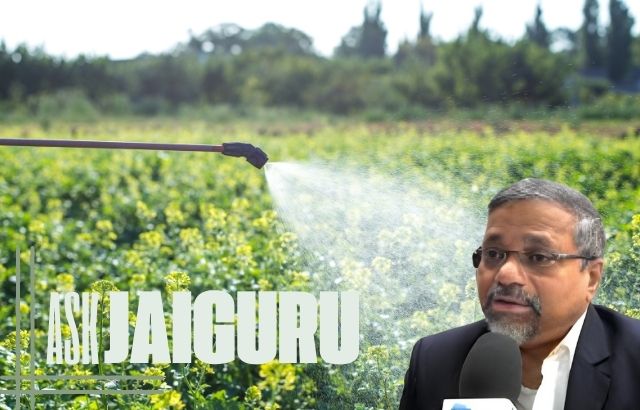
Q1: What is the initial investment for a bio-pesticide production business?
A: A small-scale unit costs around $6,000–$10,000, while large-scale facilities may require $50,000 or more. Government grants can offset 20–30% of costs.
Q2: How effective are bio-pesticides compared to chemical pesticides?
A: Bio-pesticides are highly effective for targeted pests and diseases, though they may require more frequent applications. They excel in integrated pest management systems.
Q3: What are the challenges in bio-pesticide production?
A: High production costs, limited shelf life, and farmer awareness are key challenges. Green Innovators address these with local sourcing and education programs.
Q4: Are bio-pesticides safe for organic farming?
A: Yes, bio-pesticides are approved for organic farming under certifications like USDA Organic and EU Organic, ensuring no synthetic chemicals are used.
Q5: What crops benefit most from bio-pesticides?
A: Fruits, vegetables, and high-value crops like grapes, tomatoes, and cotton see significant benefits due to reduced chemical residues.
Conclusion
Bio-pesticides and bio-insecticides are revolutionizing agriculture by offering sustainable, safe, and effective pest control solutions. With success stories from Marrone Bio Innovations to Bioplanet, the industry is poised for rapid growth. Green Innovators like Jaiguru Kadam are leading the charge with affordable and eco-friendly innovations, as evidenced by their insightful calculations. As regulatory support and consumer demand for organic produce grow, bio-pesticide production presents a golden opportunity for entrepreneurs and farmers to cultivate a greener, healthier future.

